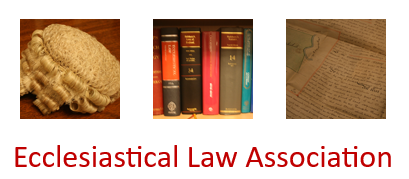In 2011, the Archdeacon granted a licence for temporary re-ordering, which included removal of the nave and choir pews to storage. In 2012 a faculty petition sought authority for this arrangement to be made permanent. The Chancellor authorised the permanent removal of the nave pews, but decided that, to give further time for experimentation, consideration of the permanent removal of the choir pews should be deferred and be the subject of a petition at a later date, if the petitioners still wished the choir pews not to be restored to the choir. In 2015 a petition proposed returning the choir pews, but to the Lady Chapel, instead of to the choir. Faculty granted.

